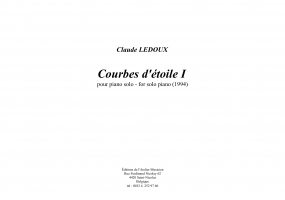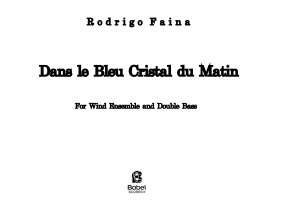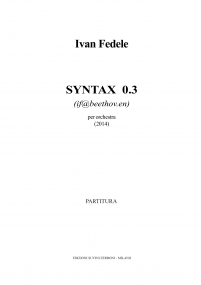Pregunta no.2: Cóndor
ISMN : 979-0-2325-4459-5
- Login to create your own lists
Performance note
Memory is what things are made of. Or, perhaps I should say, it is through memory that we construct our conception of the world, History (with capital “H”,) and our sense of identity. It is through memory that “things” acquire meaning(s) and that we are able to place them within an imaginary continuum of time that we call “the past.” This past (what has passed and is, therefore, irreversibly lost) is how we understand our present and what we project into the future. Thus, memory is not so much about “the past” but about the manner in which we construct it in order to build our worldview in the present moment and to make decisions for what is to come. This makes memory inevitably political. Collective memory, more so.
I am interested in how one “thing” (an object, a word, a concept, even a person) can be interpreted by means of two or more contrasting collective memories. The word “cóndor” has that effect on my set of personal/collective memories.
Cóndor: iconic bird of the Andes, that which flies higher than all; the one that knows no boundaries, no borders; a symbol of transcendence, spirituality, and wisdom for several cultures in South America. This word, however, makes a very different set of collective memory arise in my mind. “Operación Cóndor” (ca. 1968-75) was a campaign of political interventionism, repression, and state terror carried out by right-wing dictatorships with the support of the U.S. governments (from Johnson to Reagan.) During this time, in almost every South American country, people were disappeared, tortured, incarcerated, and murdered because of their political beliefs. The estimated outcome is more than 60,000 deaths and 400,000 political prisoners.
This piece was written with my mind sitting in the middle of the clash between two contrasting collective memories aroused by the word “cóndor.--
Note: A version for Steinway D piano is also available
Recorded by Aaron Gottl in Chicago
Pages - 26






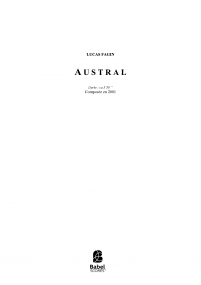
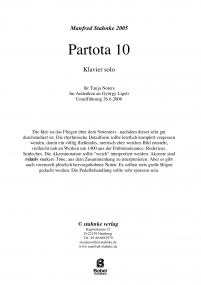
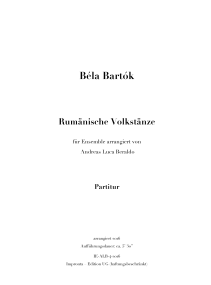

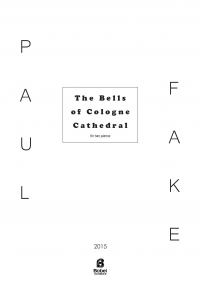
NFChase_-BScoresEd_285x285.png)

